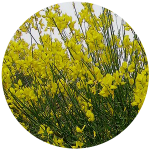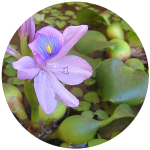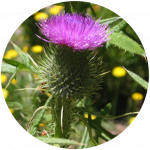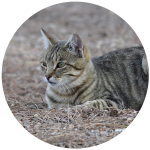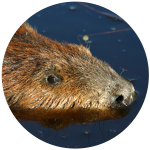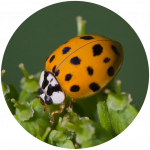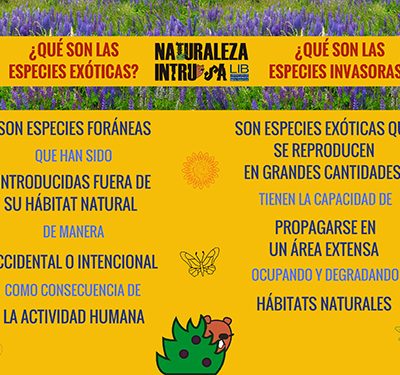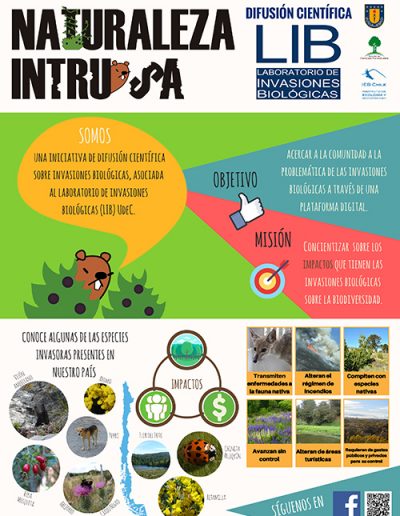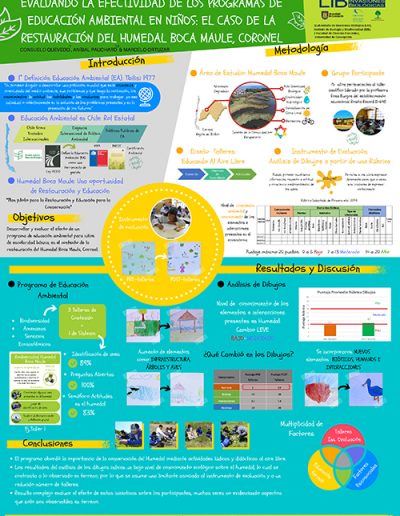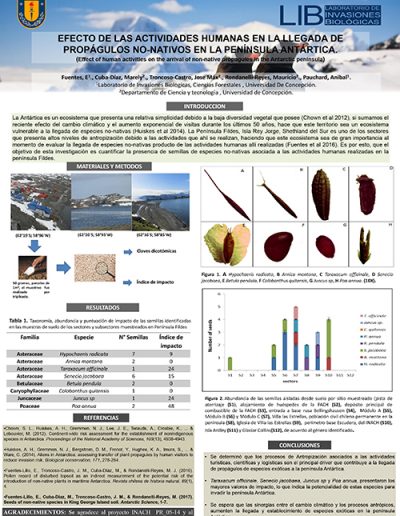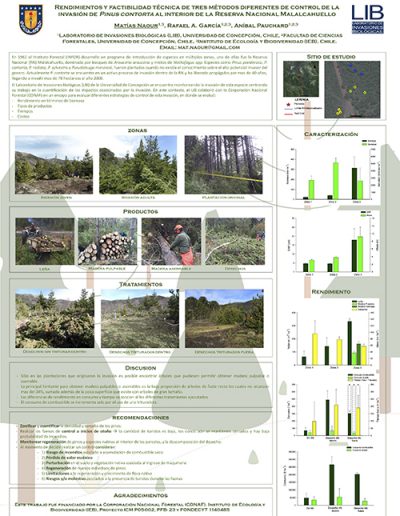
“Ciencia para Todos” is a scientific divulgation section, which aims to bring the developed investigative research from the lab closer to different community actors. Also, you can learn in detail a scientific divulgation initiative called “Naturaleza Intrusa”, associated to the LIB, which target is to bring the community closer to the problematic of biological invasions through a digital platform, raising awareness to the community about the impacts that have invasions on biodiversity.
We invite you to download educational material, posters, abstracts, and to inform you about our next activities.
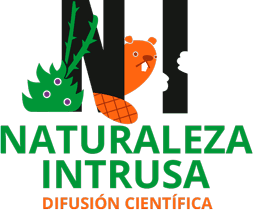
News for everyone
(Español) Se inician grabaciones de serie de televisión documental “Invasores”
(Español) Laboratorio de Invasiones Biológicas realiza workshop en Malalcahuello para abordar avances y desafíos en investigación
World Environment Day
This Friday, June 5th is the #DíaMundialDelAmbiente And this year's theme is biodiversity. In Chile, we have destroyed and degraded our ecosystems, we have encouraged the loss of habitats, the extraction of resources and the arrival of invasive species, without...
Abstracts


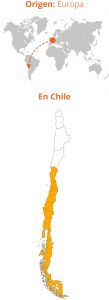
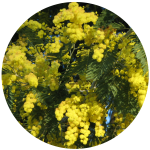 The aromo seed are transported by the rivers, allowing them to travel many miles.
The aromo seed are transported by the rivers, allowing them to travel many miles.
